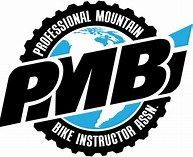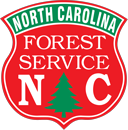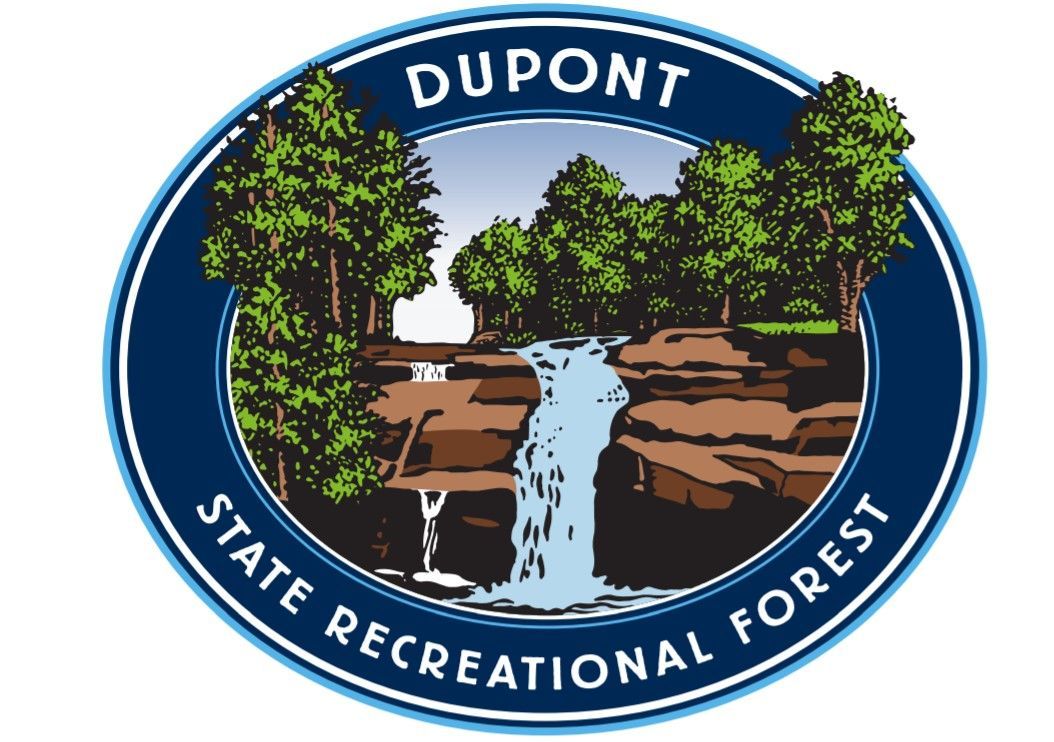5 Trail Side Tools You Should Always Have
You Should Always Have These 5 Tools While Riding
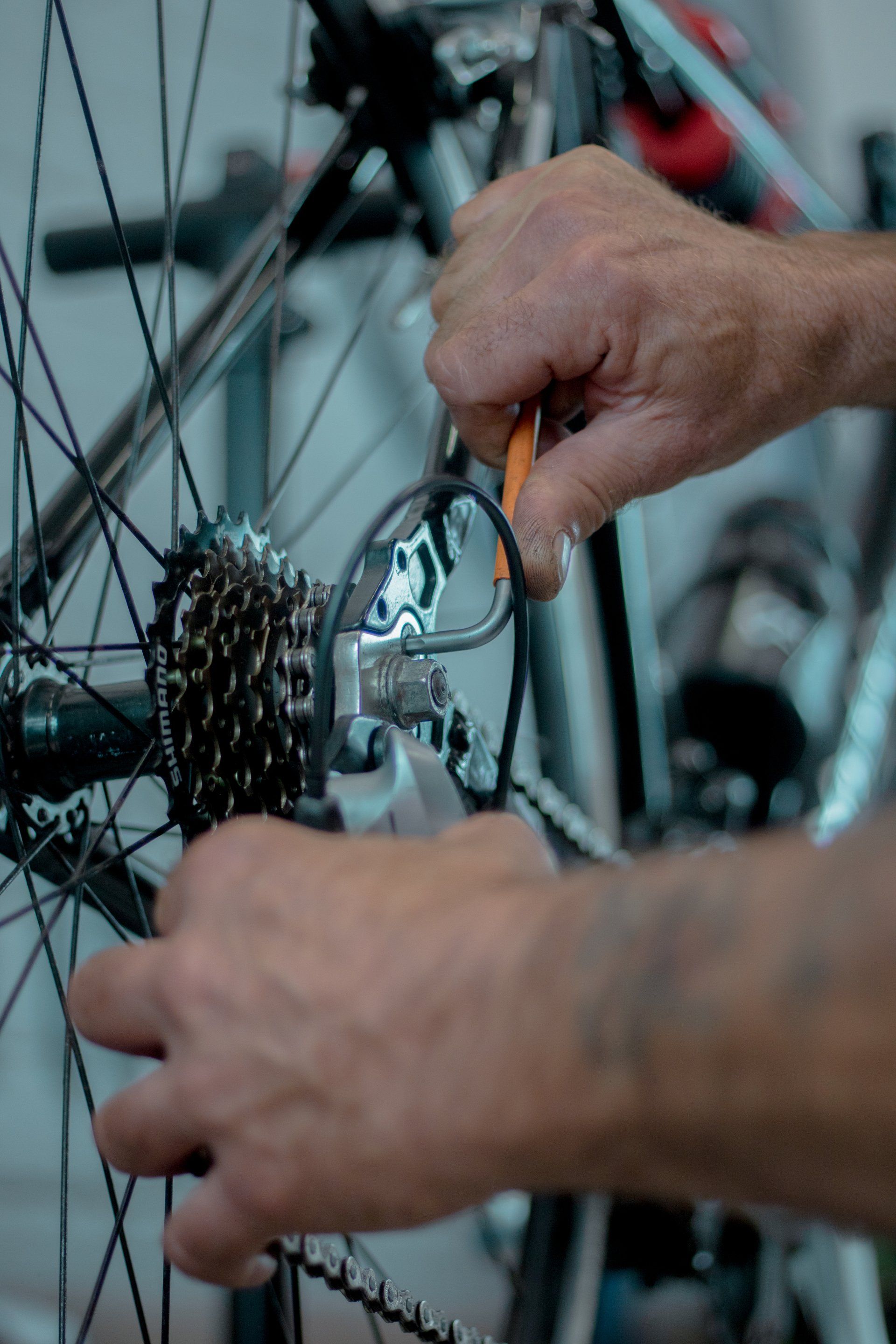
Mountain biking entails traversing some of the world's most bizarre terrains. Accidents happen, regardless of how strong our bikes are built. Nothing is more frustrating than having to end a ride due to a trail-side mechanical issue. Here are five tools to get you back on the path.
1) The Multitool
Multi-tools are the one item that every mountain cyclist should have with them, especially when riding alone. For mountain bikers, they're like the Swiss army knife.
Many riders ask us to propose a multi-tool that has at least five tools. 90 percent of the components on your mountain bike can be adjusted using a 4,5 or 6 mm Allen key. A Torx key for the rare one that appears, as well as a chain breaker to repair a broken chain along the way.
The Allen keys will save you if you crash and your bars or brakes move out of alignment. A chain breaker is required when the chain needs to be removed because of a miss shift or stick through the rear mech. For mountain bikers, the multi-tool is an everyday hero, which is why we consider it vital.
2) A Tire Plug
The worst are flat tires. As you're going along your favorite trail, laughing because it's so much fun, you hear pssssssssssssssss. Your tire has been ripped by a rock. You're 10 kilometers from home and don't want to hobble back.
This is when this little strip of kevlar with adhesive comes in to save the day. Perfect for sealing holes that are too large for sealant. Threading the strip into the lance, identifying the area, stabbing the strip into the tire, pulling the lance out, and the strip will plug the hole is all it takes. All you have to do now is use your pump or CO2 canister to inflate the tire and enjoy the ride home. This brings us to the next crucial tool.
3) Inflators
The traditional hand pump and pressurized CO2 canisters are the two major types of tire inflators. They both do the same thing when it comes to re-inflating your tires. One, on the other hand, is far more efficient and simple to operate. The other, on the other hand, is reusable and capable of slight pressure modifications.
The traditional hand pump is small and slow at pumping tires, but it can make minute pressure adjustments. Let's say you have a little cut in your tire that your sealant quickly seals, but you've lost 2-5 psi. This is where the pump shines; simply connect it to the valve, give it a couple pumps, and you're good to go.
A pressurized C02 canister connected to a valve adaptor will almost instantly blow air into the tire. Perfect for re-beading a tubeless tire or quickly inflating a tire. The major disadvantage is canisters that are only used once. C02 can't be reused once it's been punctured and used. As a result, a c02 can produce more trash and cost more money than usual.
4) Quick Links
Instead of fooling around attempting to shove a pin in with your multi-tool on the side of a trail, quick links are a small piece of equipment that will make any trail side chain issue simple. Remove a link and replace it with the fast link. Your bike is ready to ride after a quick snap. The nicest part is that they can be taped to your brake or gear lines because they are so little.
5) Tire Levers
While tire levers are usually a last resort for any tire problems, you don't want to be stranded for long when it's hot or the weather is bad. There's nothing worse than scrubbing sealant off your hands while grappling with a dirty tire.
Even if the most competent mechanics can readily remove a tire without using a lever, efficiency is critical on the side of a trail. Spend less time fiddling with your bike and more time riding it.
It will save you time, effort, and a lot of aggravation. One of the most useful pieces of equipment, despite its small size and weight.
You'll be able to ride more and worry less about mechanical troubles with these tools. It all comes down to being as prepared as possible to avoid becoming stranded in the middle of nowhere. Dynamic Cycling Adventures will continue to provide instructive content while also providing you with the best expert service possible, so you can focus on riding while we handle the rest.
